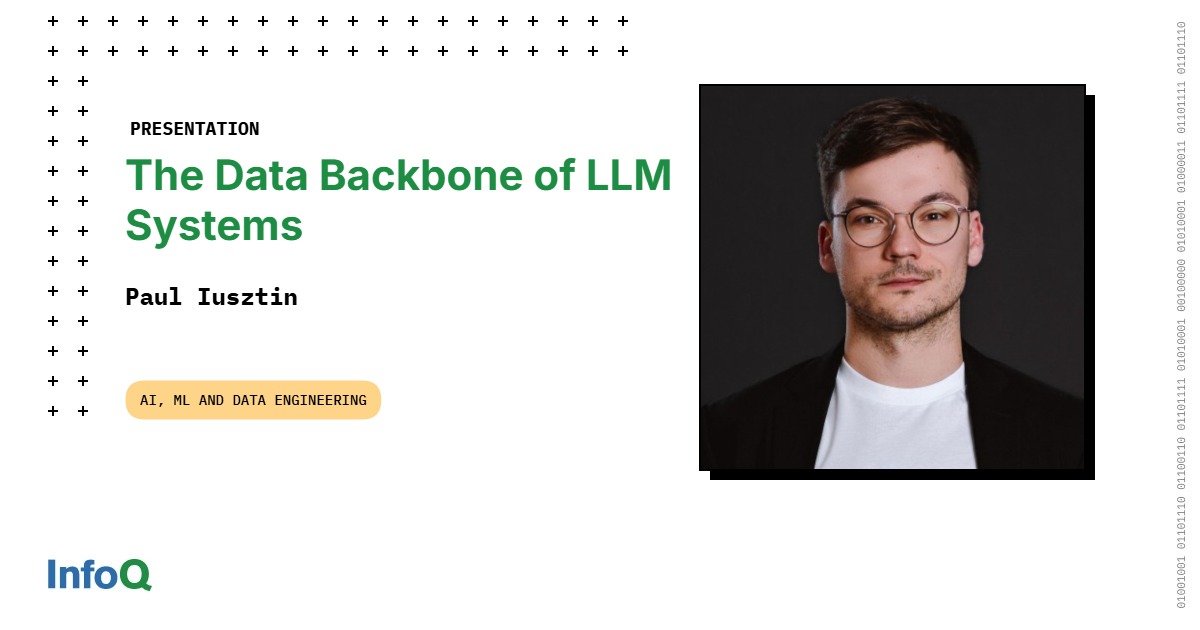Table of Links
Abstract and 1. Introduction
1.1 Background
1.2 Motivation
1.3 Our Work and Contributions and 1.4 Organization
-
Related Work
2.1 Mobile AIGC and Its QoE Modeling
2.2 Blockchain for Mobile Networks
-
Preliminaries
-
Prosecutor Design
4.1 Architecture Overview
4.2 Reputation Roll-up
4.3 Duplex Transfer Channel
-
OS2a: Objective Service Assessment for Mobile AIGC
5.1 Inspiration from DCM
5.2 Objective Quality of the Service Process
5.3 Subjective Experience of AIGC Outputs
-
OS2A on Prosecutor: Two-Phase Interaction for Mobile AIGC
6.1 MASP Selection by Reputation
6.2 Contract Theoretic Payment Scheme
-
Implementation and Evaluation
7.1 Implementation and Experimental Setup
7.2 Prosecutor Performance Evaluation
7.3 Investigation of Functional Goals
7.4 Security Analysis
-
Conclusion and References
4.2 Reputation Roll-up
Next, we show the layer-2 design of the anchor chain, including reputation roll-up and duplex transfer channels. Traditionally, all the historical opinions should be saved on the ledger of each MASP. Nevertheless, the explosively increasing data volume wastes considerable storage resources of MASPs. Given that opinions only serve as evidence for reputation tracing, we intend to offload them from the anchor chain and only keep the most critical bookkeeping messages. As shown in Algorithm 1, we develop layer-2 reputation roll-up, containing the following steps.
2) Reputation Compression: When reaching the threshold, RCOs take turns compressing the received transactions. Specifically, these transactions undergo the SHA256 operation sequentially in chronological order. Then, a roll-up block Br can be created by only containing the hashes, as shown in Fig. 2. Compared with one block containing 1000 transactions, which typically occupies 500 Bytes [30], one Br containing 1000 hashes only occupies 32.5 Bytes because each SHA256 output takes 256 bits [44]. Consequently, the data volume consumed for saving historical reputation records can be effectively compressed.
4.3 Duplex Transfer Channel
The second layer-2 design is duplex transfer channels between each MASP-client pair, with which we realize the atomic fee-ownership transfers. These channels are virtual 7 and instantiated by the specific smart contract. Within the channel, the participants can conduct multiple rounds of atomic transfers protected by the Hash Lock (HL) protocol. Only the channel initialization and closing need to be recorded on the anchor chain. Since the transfers happen inside channels, low latency can be guaranteed, and the workload of the anchor chain can also be alleviated. Next, we introduce the procedure of atomic fee-ownership transfer on the channel.
Authors:
(1) Yinqiu Liu, School of Computer Science and Engineering, Nanyang Technological University, Singapore ([email protected]);
(2) Hongyang Du, School of Computer Science and Engineering, Nanyang Technological University, Singapore ([email protected]);
(3) Dusit Niyato, School of Computer Science and Engineering, Nanyang Technological University, Singapore ([email protected]);
(4) Jiawen Kang, School of Automation, Guangdong University of Technology, China ([email protected]);
(5) Zehui Xiong, Pillar of Information Systems Technology and Design, Singapore University of Technology and Design, Singapore ([email protected]);
(6) Abbas Jamalipour, School of Electrical and Information Engineering, University of Sydney, Australia ([email protected]);
(7) Xuemin (Sherman) Shen, Department of Electrical and Computer Engineering, University of Waterloo, Canada ([email protected]).


















